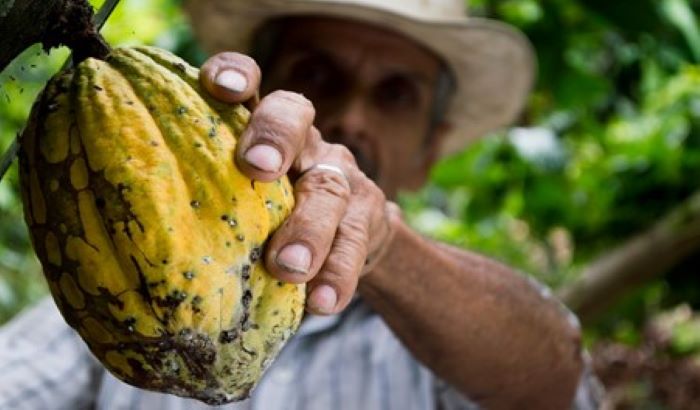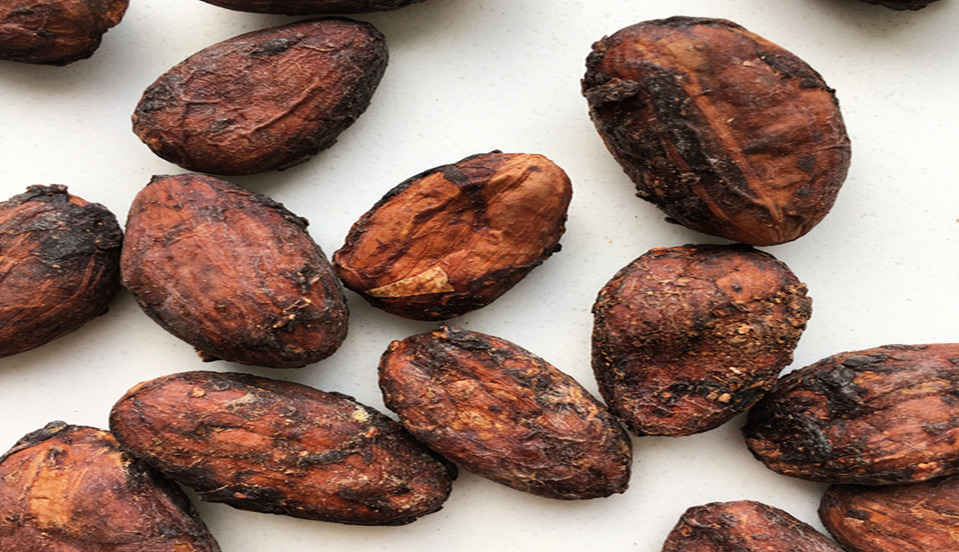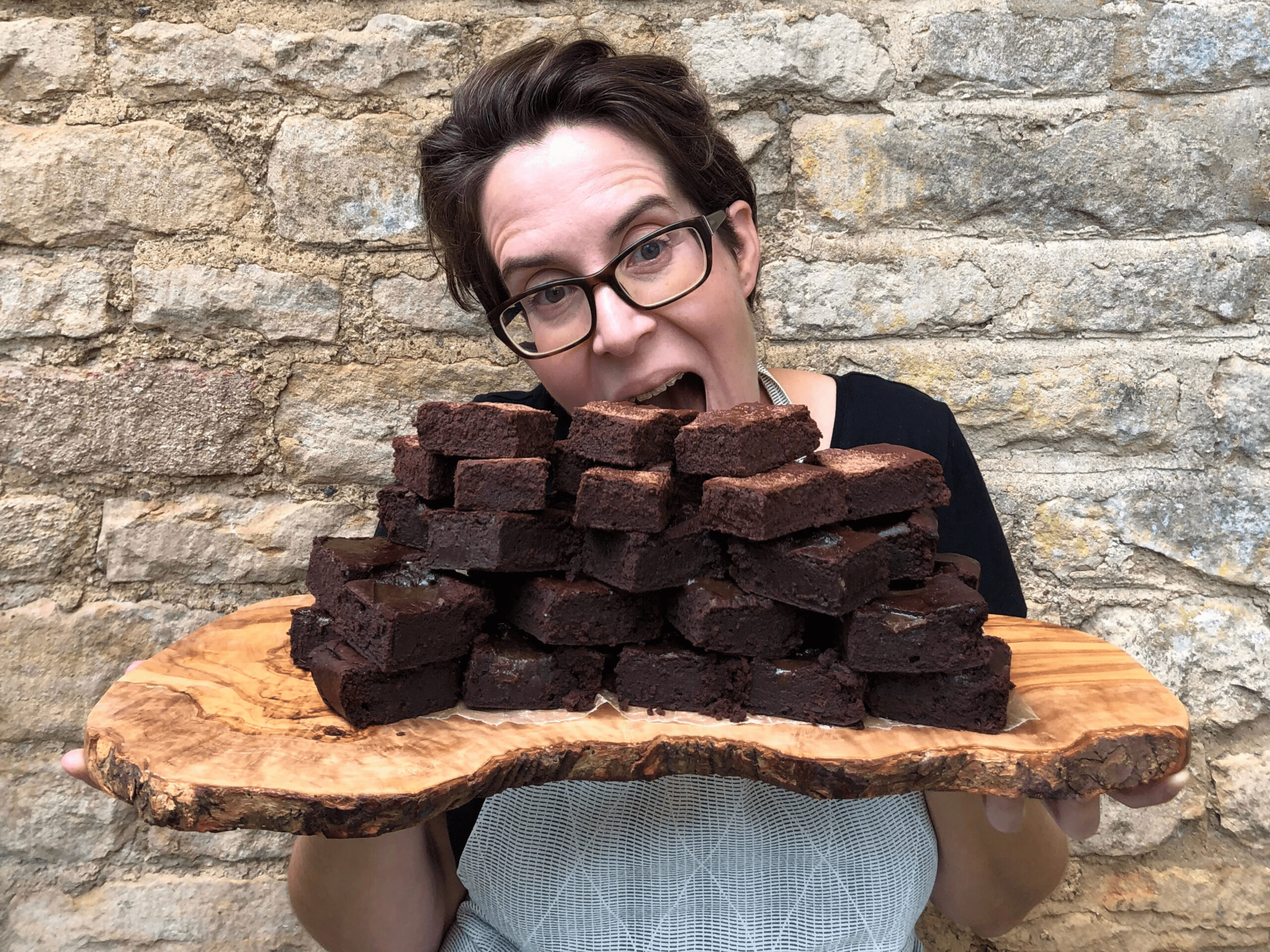
Anyone who has any kind of relationship with chocolate, will certainly have noticed a change in the kinds of chocolate products marketed to the consumer. These days, nestled among the chunky brand-named bars, are a range of artisanal, high percentage luxury chocolate bars.
The worth of a bar of chocolate is no longer solely about which brand markets it, the ingredients within, or the packaging. The real value of a bar of luxury chocolate starts at the beginning in the soils in which the cacao is grown and nurtured.
For our part, we source our single-origin chocolate from two well-renowned cacao producing countries for our brownies – Madagascar and Colombia.
But what exactly does the term ‘single-origin’ really mean? What benefits are there to selecting this kind of chocolate? And, indeed, what you can expect from the taste?
In this blog, we’ll be covering the answer to all of these questions.
What is Single-Origin Chocolate?
If you’re something of a connoisseur when it comes to your wine or coffee, then the nuanced notes of single-origin chocolate could be right up your street.
The idea of single-origin chocolate may seem like a complex one, but, in fact it’s remarkably simple: it is chocolate derived from one country or one distinct region, and in some cases a particular estate or plantation.
Just like the grapes used to make wine, the flavour of the chocolate will vary depending on the conditions in which the beans are grown. This can range from subtle changes to incredible variations when it comes to taste.
Rather than potentially diluting these delicate flavours, single-origin chocolate seeks to highlight these intricacies and allow the flavour of the cacao bean to really shine.
What Changes Single-Origin Chocolate Flavour?

There are countless compounds that have been identified in cacao, such as amino acids, sugars, fatty acids and much more. Some produce no taste, whereas some contribute to the rich prism of flavour, producing everything from subtle nutty notes to acidic tangs.
The many compounds responsible for the flavour subtleties in the finished chocolate begin with the bean in its raw form, and are further honed by factors such as genetics, management of the crop, and terroir.
These compounds then undergo further changes during the processes of fermentation, drying, roasting, and conching. These processes require expert knowledge and understanding of this precious commodity.
Genetics
Cacao has been grown for thousands of years; chosen for flavour as well as for adaptability and versatility for the growing conditions of Madagascar and South America, in particular. The specific country varietals of the cacao goes a long way towards determining the flavour range of the chocolate.
Terroir
In a nutshell, this refers to the growing environment – which encapsulates things such as soil type, rainfall, temperatures, seasonality, and even other crops that are grown near the cacao.
Crop Management
Timing the crop harvest is especially important. Cacao must be harvested when ripe to ensure that the sugar content is right for the fermentation to begin.
Under ripe cacao can be sour and sharp, and over ripe cacao will taste and smell unpleasant. Once ripe, the pod must be carefully harvested. If any of the beans are damaged it can affect the final flavour of the entire pod.
Fermentation
Fermentation is arguably the most important step when processing the cacao. After all, it’s possible to make a well-flavoured chocolate with fermented, unroasted beans but it is not possible to make chocolate with roasted, unfermented beans, no matter how well they have been roasted.
Drying
After the fermentation, the beans must be dried before they can be ground into cacao or shipped to other areas of the world. Some of the chemical reactions that began during fermentation will continue during drying, so the flavour profiles during this period will still be substantially evolving.
Roasting
Roasting is another key factor in developing flavour. Roasting is taken to temperatures of between 115 and 137˚C, which is hot enough to develop the flavours through a chemical reaction known as the Maillard reaction, but not enough to burn them. The Maillard reaction is the interaction between amino acids and sugars which results in the development of desirable umami, nutty, floral and coffee flavour notes within the cacao.
Conching
After the cacao beans have been roasted, they are often ground into cacao mass – a thick paste or liquor that can be sweetened to make roughly-textured chocolate, or placed into a conching machine to further improve mouthfeel.
What Are the Benefits of Single-Origin Chocolate?

Unique Flavours
When cacao is blended, the subtleties of the distinct terroir we mentioned earlier will be lost. Of course, that’s not to say that blended chocolate products aren’t delicious too – in fact, some of the finest chocolatiers in the world utilise blended chocolate.
However, we prefer to utilise the unique flavours of each bar of single-origin chocolate in our brownies. Finding those unique flavours and bringing them to life in our products is part of the discovery process that we love.
It’s not possible to harness the subtleties of the flavours from the unique environments and processes that we’ve mentioned above from mass-produced chocolate.
We source all of our chocolate from Madagascar and Colombia, and there are marked differences with the flavours of each.
For example, the Madagascan cacao exhibits fruity notes and a pleasant acidity. Whereas the Colombian is incredibly dark with a smoky edge.
Improved Understanding of Sourcing
Using single-origin chocolate makes it easier to trace the origin of the cacao. While much of the product often includes Fair Trade certification, this is not always a guarantee of quality – so we choose the chocolate for our brownies based on sustainable practices and fair pay for the grower.
This is how we know that the Madagascan cacao used in our chocolate comes from the forests of the Sambriano River to the northwest coast of the country, and the Colombian cacao is grown and harvested in the tropical rainforest climates of Tumaco.
Takeaways
The most important part of our brownies is, without a doubt, the single-origin chocolate.
When Lou began the B is For Brownie journey back in 2015, she selected single-origin chocolate to offer an unforgettable flavour and character within our bakes, and we couldn’t imagine using anything else.
If you’re interested in any of our products, or you’d to like to learn more about us, why not get in touch with us today?
